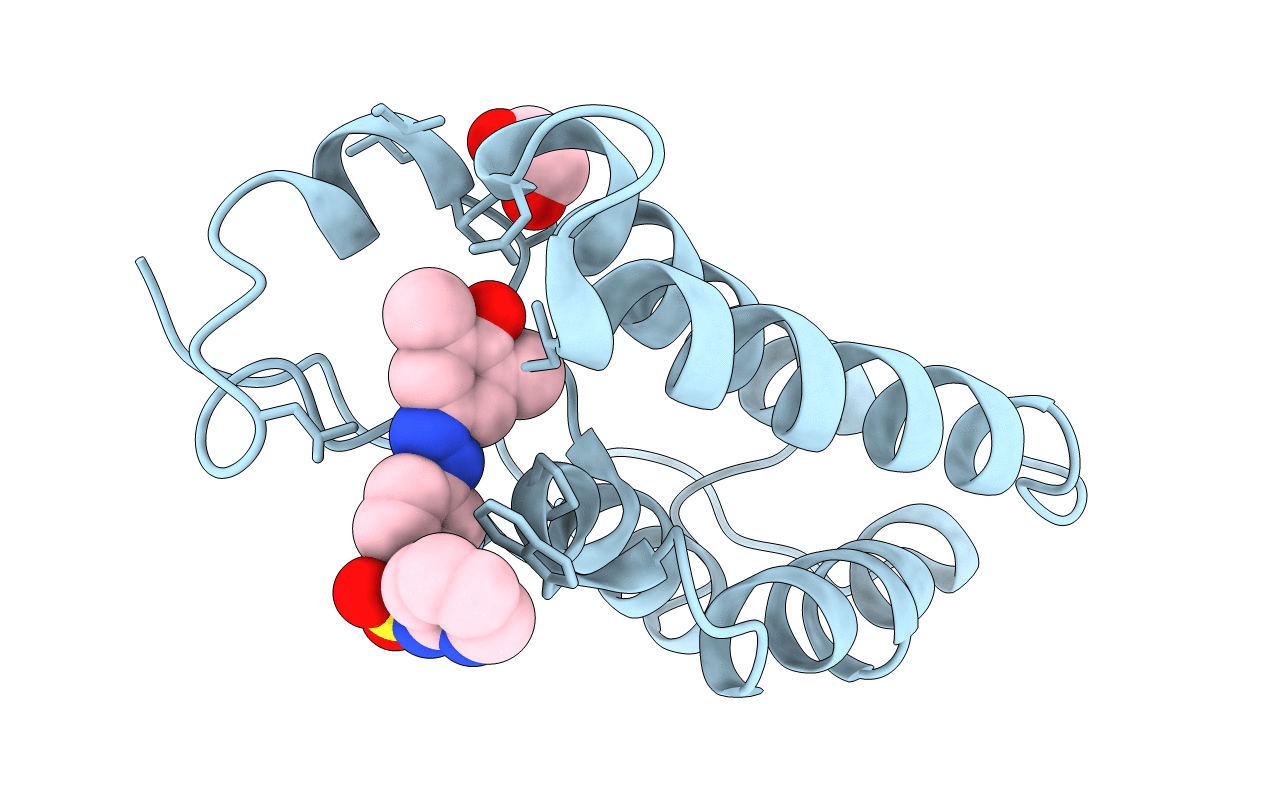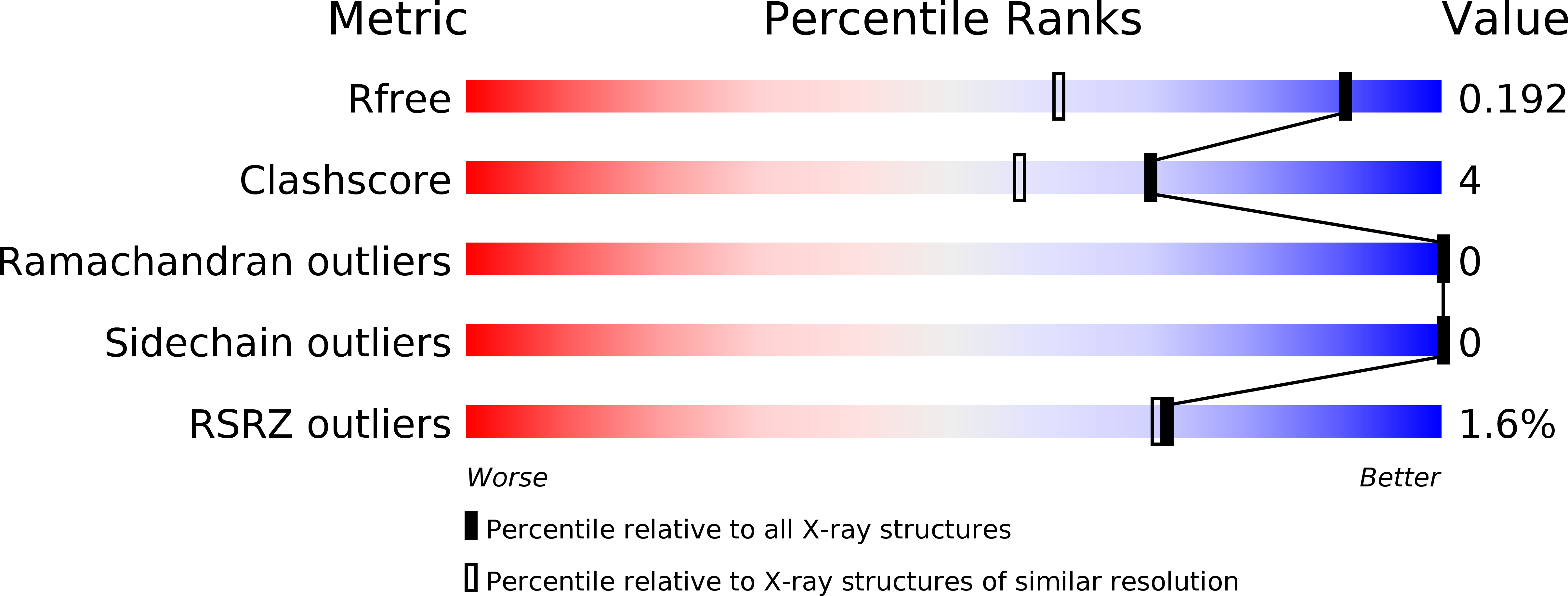
Deposition Date
2013-12-03
Release Date
2014-04-02
Last Version Date
2023-09-20
Entry Detail
PDB ID:
4NUC
Keywords:
Title:
Crystal structure of the first bromodomain of human BRD4 in complex with MS435 inhibitor
Biological Source:
Source Organism:
Homo sapiens (Taxon ID: 9606)
Host Organism:
Method Details:
Experimental Method:
Resolution:
1.40 Å
R-Value Free:
0.18
R-Value Work:
0.13
R-Value Observed:
0.13
Space Group:
P 21 21 21


